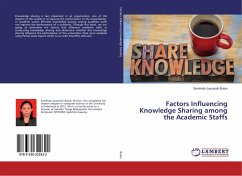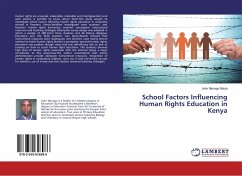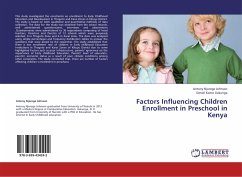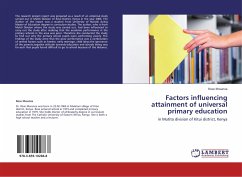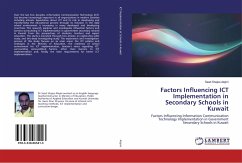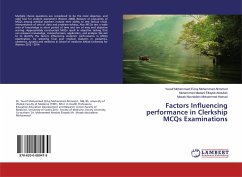The evolution of Information Technology (IT) and the ubiquitous computers have exponentially increased the need for organizations to change the way they do their work. Many organizations, institutions of higher learning inclusive, are leveraging on new technologies to achieve differentiation and competitive advantage. The multidepartment organizations like institutions of higher learning have had integrated systems like the enterprise resource planning (ERP) replace the traditional legacy systems. However, much as adoptability and acceptance have been widely achieved, literature shows that the major impediment to successful implementation of these ERP systems is usability and under utilization. The major objective of this study was to establish and determine the critical factors influencing effective usage of integrated tertiary software (ITS). ITS is an enterprise resource planning (ERP) system that is used in many organizations for decision making, though mostly, is used in institutions of higher learning. ITS like many other ERP systems is characterized by several factors that influence its effective usage.


